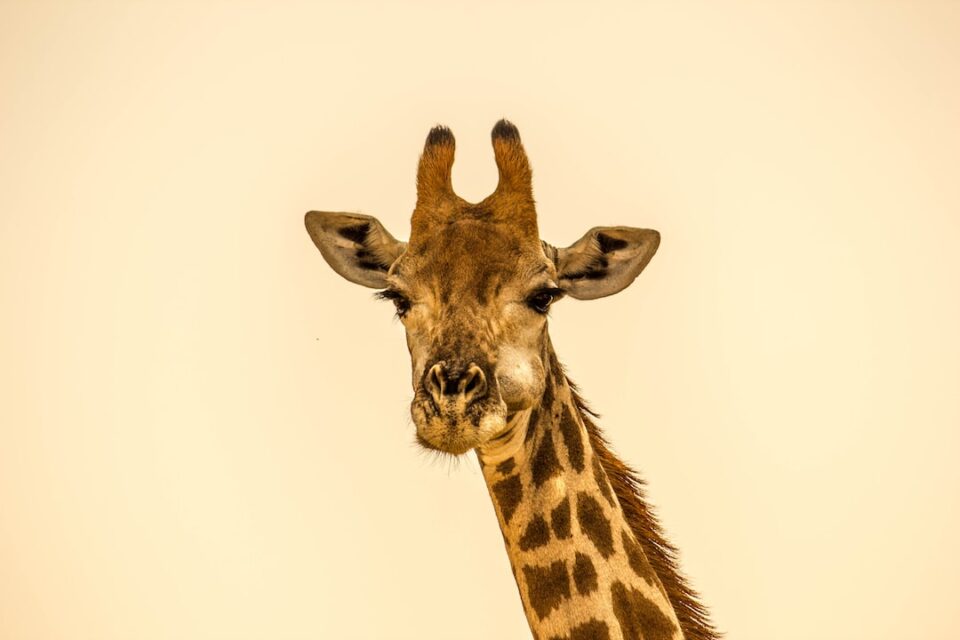The Charming Social Behavior of Meerkats: Living in Harmony and Cooperation
Meerkats are small, sociable animals that inhabit the arid regions of Southern Africa. With their impeccable teamwork and charming social behavior, they have captured the attention and admiration of many nature enthusiasts. These fascinating creatures live in close-knit clans, where cooperation and unity play a vital role in their survival.
Meerkats, scientifically known as Suricata suricatta, are members of the mongoose family and are renowned for their ability to work together for the betterment of their group. They live in underground burrows, which offer protection from predators as well as a safe haven during extreme weather conditions. Meerkat burrows are an intricate network of tunnels and chambers, and these industrious animals spend much of their time maintaining and expanding these structures.
One of the most intriguing aspects of meerkat society is their division of labor. Within a group, each member has a specific role to play, and they work in perfect harmony to accomplish their daily tasks. Several sentinels are assigned the responsibility of keeping a constant lookout for potential predators. These sentinels take turns standing upright on their hind legs, scanning the surroundings for any signs of danger, while the rest of the group forages for food.
The sentinel duty is crucial for the survival of the clan, as they inhabit areas teeming with predators like hawks, eagles, and even larger mammals. The sentinels emit alarm calls, alerting the group to imminent threats. Meerkats have an intricate system of calls that allow them to communicate a variety of messages, from danger signals to locating food sources.
The cooperative nature of meerkats extends beyond the realm of predator detection and alarm calls. When foraging, they possess an amazing ability to adapt and work together efficiently. Meerkats have a diverse diet that consists of insects, small reptiles, birds, fruits, and even scorpions. They use a combination of hunting techniques, such as digging, scratching, and even ambushing, to capture their prey.
During communal foraging expeditions, meerkats take turns supervising the group while others search for food. They employ a rotating system, where individuals switch roles regularly, ensuring each member gets a chance to eat while balancing the need for safety. This strategy helps distribute the workload while minimizing the risk of a surprise attack by predators.
Meerkats also exhibit kin-selected behavior, meaning they prioritize the well-being of their relatives over others. Females, in particular, are known to engage in cooperative breeding, where one dominant female gives birth while other females in the group assist in raising and protecting the young. These “aunties” help groom and provide food for the pups, creating a nurturing environment essential for their survival.
The social structure within meerkat groups is hierarchical, with an alpha male and an alpha female leading the clan. They are the primary breeders and exert dominance over the others. However, this hierarchical structure does not translate into power imbalances or aggression. Meerkats maintain a peaceful and highly cooperative society, where conflicts are rare and swiftly resolved through gentle gestures or posturing.
Beyond survival, meerkats also display recreational behavior, which seems to serve no immediate purpose other than fostering social bonds and relieving stress. They are often seen engaging in play, tumbling, and grooming each other, reinforcing their social bonds and reducing tension within the group. These endearing displays of camaraderie further highlight the charming and cooperative nature of meerkats.
The charming social behavior of meerkats is not only fascinating but also holds valuable lessons for humans. Their ability to live in harmony, cooperate for the greater good, and prioritize the well-being of their group is a testament to the power of unity and collaboration. In a world so often plagued by conflict and discord, observing these small, desert-dwelling creatures can remind us of the importance of cooperation and the strength we can derive from working together.


